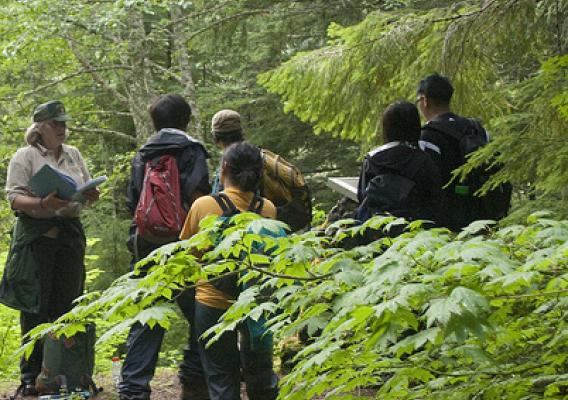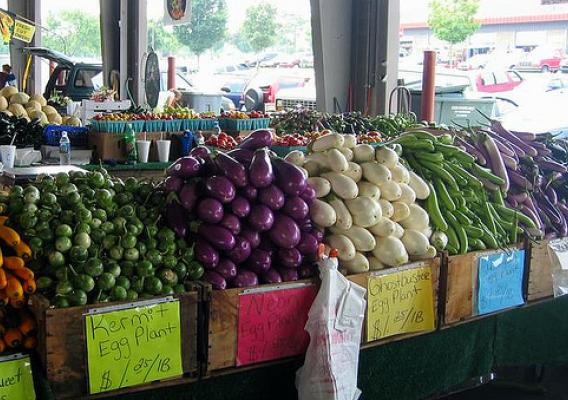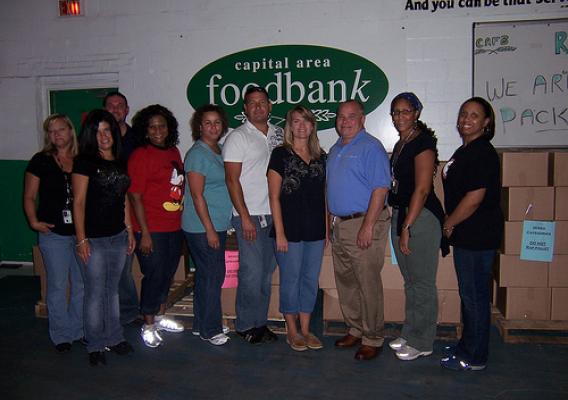In April 2009, Secretary Vilsack called for a new era in civil rights and directed the Office of the Assistant Secretary for Civil Rights (OASCR) to help lead a comprehensive effort to improve USDA’s record. That meant correcting errors, learning from past mistakes, and charting a stronger path for the future where all Americans are treated with dignity and respect by USDA employees. To make these goals a reality, my staff and employees across USDA have been working extremely hard over the past two and a half years and I am very proud to highlight some of the strides we’ve made.
To begin with, we want to make sure that USDA’s policies, regulations and decisions are inclusive and respect the rights of all the American people. To make sure USDA agencies are in compliance with civil rights regulations and policies, OASCR conducts reviews to determine the civil rights impact of any new policy, action, rule or decision. Since 2009, we have doubled the number of reviews conducted, improved the quality by providing training to folks who conduct them, and worked with agencies within USDA to improve their decision in nearly a third of the cases we reviewed.




